What's Wrong With This Picture: The New Efficiency Edition
The transition from exclusively gasoline-powered vehicles to the new panoply of permutations of gas and electric power has not been easy on the old emm-pee-gee. The imperfect-yet-universal (in the US market) measure of efficiency finds itself at a loss to compare an electric car’s efficiency with that of a gas-powered car, and completely falls apart as a relative measure of efficiency between plug-in-hybrids which use gas and electricity in different ways (see the ongoing battles over the Chevy Volt’s efficiency). Into the breach have stepped several challengers to the emm-pee-gee’s supremacy, including the weak MPGe (which was responsible for the Volt’s disastrous “230 MPG” introduction), and the “Kilowatt-hours per 100 miles” measure championed by Motor Trend in a rare display of admirable pointy-headedness. But the Gordian contradiction of efficiency measures is that they must be both accurate and easy-to-understand… and if the MPG’s history tells us anything, it should probably err on the side of the latter prerogative.
Which explains why Nissan has settled on “Miles Per Dollar” as its new marketing-driven efficiency measure of choice. It’s certainly not strictly accurate, as both the dollar and the price of gas fluctuate in value. Oh, and the price of electricity varies dramatically from market-to-market. But hey, that’s what God created fine print (not to mention the term “your mileage may vary”) for, right? Besides, we’re still waiting on a unit of measure that accurately reflects relative efficiency in a meaningful way without making Americans feel like they’re being forced to learn the metric system…
More by Edward Niedermeyer

















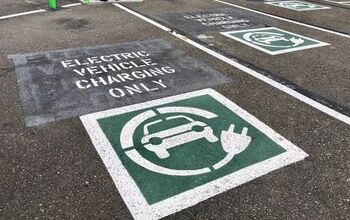

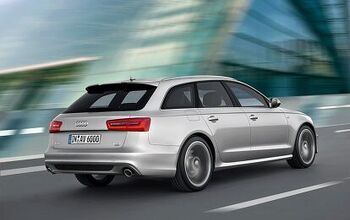
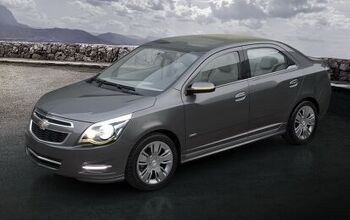

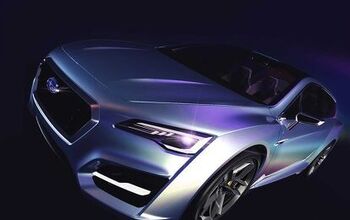

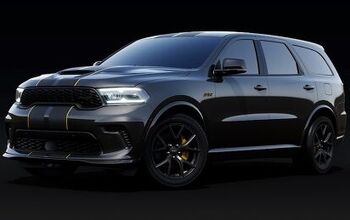






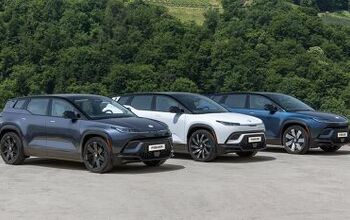

Comments
Join the conversation
The inclusion of the "Hummer H3 V8" in that comparison chart really rubs me the wrong way.
Why not just go to miles per kilowatt hour? Drivers are already used to the miles per gallon metric (and it makes more sense to me than the liters per 100km that Europe uses, or even a gallons per 100 miles if shifted to our systems of measurement). It's not that hard to find out what you pay per kilowatt/hour in electricity, and the stickers could reflect the US average. According to the Nissan Leaf PR site the average cost to charge it from empty to full is $2.75. The average price of a kw/hr in the US is 11 cents. So, therefore the Nissan Leaf holds 25 kw/hrs of electricity, and with a 100 mile range ends up with a rating of 4 miles per kw/hr.
My C5 with 400 horsepower could see 35 mpg purring @ 1300 rpms highway cruise. And I bought it for less than half the price of a new one. My Saturn Sky with aftermarket turbo can see almost 45 mpg and it has 350 horsepower. I wouldn't sacrifce 99 horsepower...